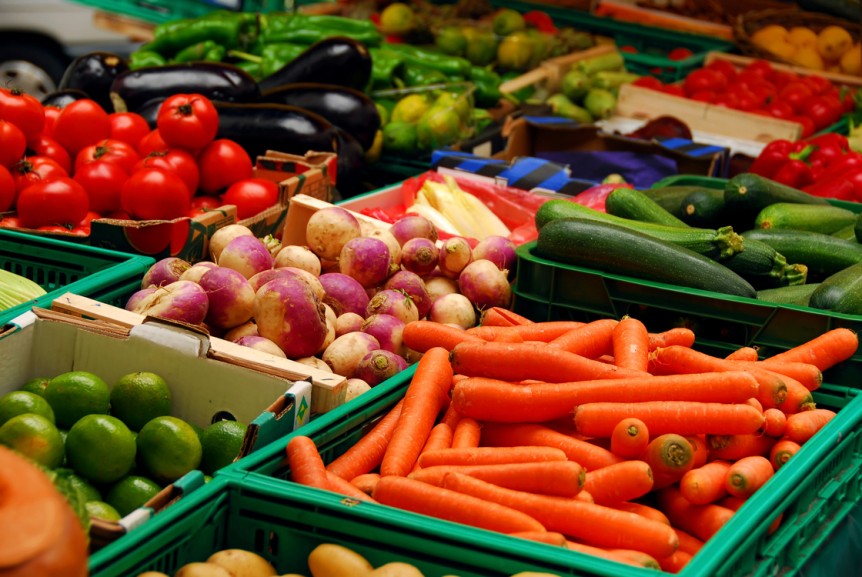By Steven Edwards
The Basics
Healthy grocery shopping can be a snap with some simple how-to information.
Generally speaking, the foods found on the periphery of the store are the ones you should be focusing on. Your shopping emphasis should be primarily fresh, whole vegetables and fruits, and whole grains.
Much of what you buy in the aisles will be packaged foods like cookies, crackers, baked goods, pre-prepared food mixes, and canned foods. Be selective in what you buy in the store’s center aisles. Many of the packaged foods you buy- the chips, cereals, baked goods, etc. – will contain hydrogenated oil, sugar, and/or processed flour. Avoid foods containing hydrogenated oil and corn syrup, and be judicious in the amount of processed sugar and flour you eat.
Fresh, whole foods should make up the bulk of your healthy diet. These foods contain nutrients essential to life, and to having a strong, healthy body.
Purchase lean meats. Stay away from packaged, salted sandwich meats.
Keep in mind that canned and frozen foods can be a good addition to your diet, but many canned foods contain large amounts of sodium and saturated or hydrogenated fat. Pick canned foods that are non-salted or low in salt content. Frozen fruits and vegetables retain many of the nutrients they contained before they were frozen and are good food choices.
Organic foods can be great choices. In some cases they are much better choices than conventionally grown produce. Many foods have a much lower nutrient content when grown with pesticides and fertilizers. If you shop at health food stores or farmers markets, fresh, organic fruits and vegetables can be purchased very inexpensively, in many cases for less than you would pay for conventionally grown produce in most grocery stores, especially when they are in season.
The Fat Free Myth
The amount of fat said to be in a given food can be deceptive. For example, look on a food label that says 97% fat free. Logically we think this means that the food only contains 3% calories from fat, but this is not true. The percent of fat a food contains is measured by total volume, not by a percent of total calories. That volume includes water weight. Look at a package with a label that reads something like “97% Fat Free” lean ground turkey. It might have 140 calories per serving with 80 of those calories coming from fat. Do the math. 57% of the calories from that turkey are coming from fat.
A good visual is to think of a cube of butter being placed in a pitcher of water. Say the butter takes up 10% of the volume of the container, the water taking up the other 90%. We could call our water/butter concoction 90% fat free. Yet the water contains no calories. The butter on the other hand is 100% fat. So, all the calories we are getting from our butter water are fat calories. Go figure!
Cooking sprays like PAM claim their products provide “Fat-Free Cooking” or 0 calories total. How can a company claim that their product has 0 calories when it is 100% pure fat? THEY LIE! Actually the law states that if a product has less than ½ gram of fat per serving, it can be called fat free! The law however does not regulate what a company calls a serving size. The serving size indicated on a can of PAM is .2 grams of fat which is 1/3 of one second of spray! Granted, the sprays are better choices than lard or hydrogenated oils, but just be aware that “fat free” is really not fat free!
Other Great Tips
Avoid shopping when you are hungry and will tend to buy foods you may be craving, like junk foods and those high in sugar, fat and sodium.
Take time to educate yourself about healthy foods. Experiment with new things- some foods are just different than what you are used to but are delicious. Look for healthy recipes and try creating your own.
With a little creativity and just a little focus on food preparation, you’ll find yourself seeking out healthy alternatives and truly enjoying them.
